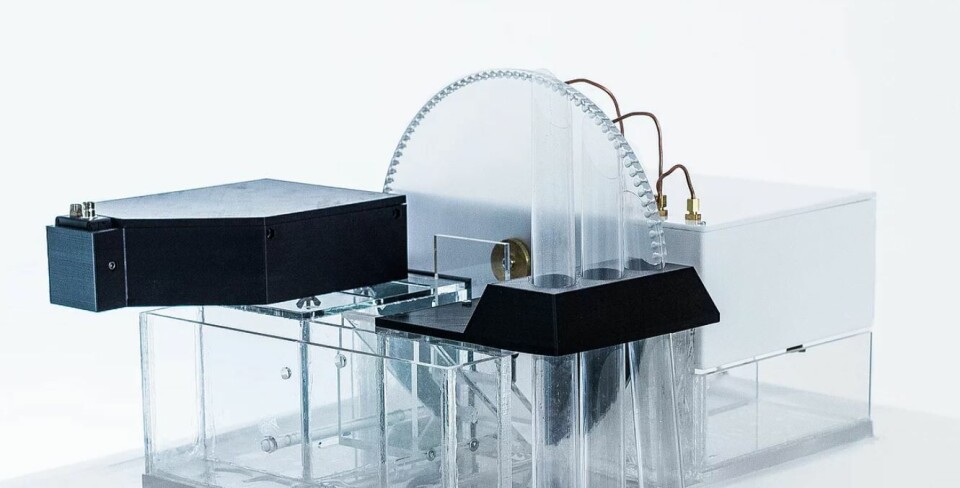
GenetiRate ramps up egg testing capability
University of Arizona spin-out company GenetiRate has unveiled an automated system that will allow it to sort up to a million eyed eggs a day to identify which will produce the fastest-growing fish.
The US company uses a patented technology that allows it to establish how well fish are likely to grow while still at an embryonic stage, based on metabolic rate. Fish ova with a high metabolic rate grow faster.
The GenetiRate test was named 2019 Innovation of the Year at the North Atlantic Seafood Forum in Bergen, Norway.

Limited by numbers
However, the ability to test only a few thousand ova per day limited the application of the technology, said founder and chief scientific officer Ben Renquist in a video on the company’s website.
“We’ve since developed automation that will allow us to sort up to one million eyed eggs per day in salmonids,” added Renquist.
GenetiRate’s technical development director, Kyle Kentch, explained: “I converted the known technology of wheel-based sorters that identify live and dead eggs into a sorter that can sort eyed eggs based on their metabolic rate. By first applying the GenetiRate test in eyed eggs and sorting them using our newly-developed sorter we can now sort up to 125,000 eggs per hour.”
Kentch said his next focus is on developing a sorter for non-salmonid species.
10-30% faster growth
Because GenetiRate tests eyed eggs, it can identify fast-growing fish independently of feed intake.
“The test identifies fish that grow 10-30% faster than their age-matched counterparts while having improved feed efficiency,” said Renquist, an associate professor at Arizona University.
He added: “Feed makes up nearly 50% of production costs, thus improvements in feed efficiency will increase producer profitability by decreasing the cost of production.
“GenetiRate is proud to unveil a sorter that can be applied to allow for high-throughput application of our test to improve genetics in aquaculture.”
Improved FCR
The company offers customers a guaranteed 5% improvement in growth and improved feed conversion ratios.
It expects breeders will look to retain the top 5-10% of ova, while producers will seek to discard the bottom 25-50%.
The company has secured over $500,000 in research funding from organisations including aquaculture accelerator Hatch.























































